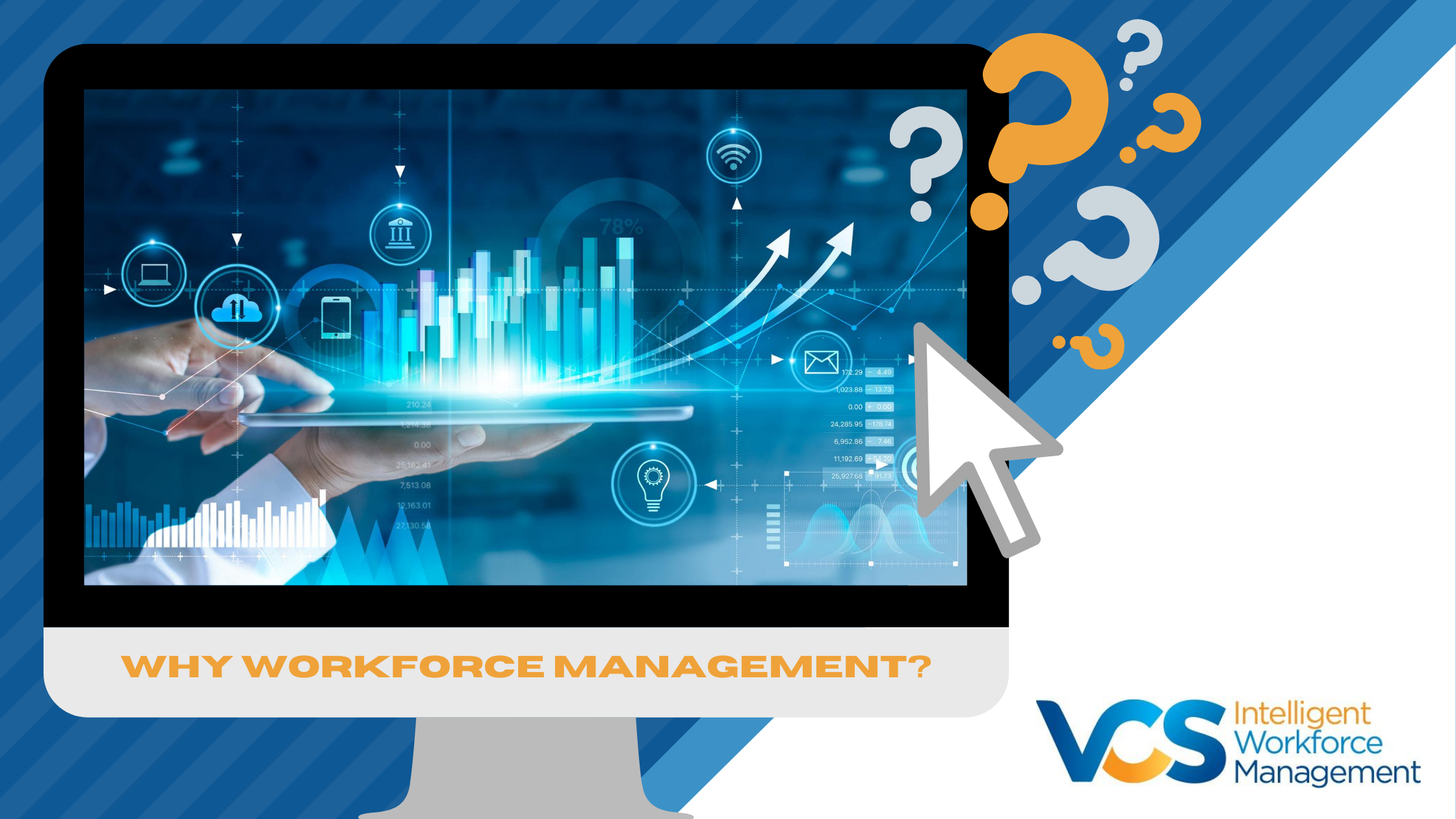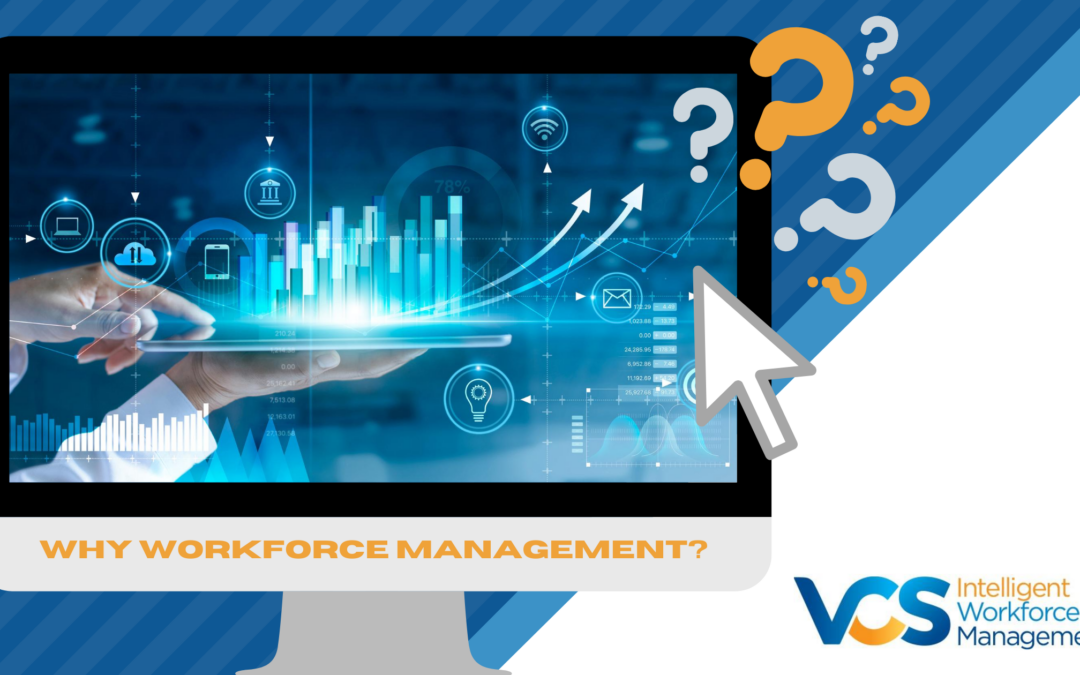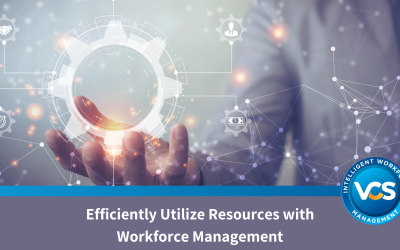
The relevance of workforce management systems is continuously growing, with good reason. For those who are unaware of what workforce management has to offer, here is a quick read on the purpose and function of workforce management services.
So, What Exactly Is Workforce Management?
The beauty of a workforce management system is that it provides the ability to pinpoint and better utilize the potential of an organization. The system works toward creating and supplying prime solutions on how to attain said potential.
Workforce management systems are an all-encompassing service that makes an organization’s productivity its main priority. Uniquely designed to achieve organizational success, the system keeps track of individual tasks and schedules while eliminating the need to micro-manage.
Workforce management is not just about scheduling employees. Listed below are some of the functions included in a workforce management system:
- Real-Time Data Collection
- Human Resource Management
- Training Management
- Performance Management
- Forecasting
- Budgeting
- Scheduling
- Analytical Data
Functions of Workforce Management
Workforce management can benefit any workforce by streamlining tasks that are monotonous and time-consuming while building a strong, dependable structure.
Real-Time Data: With real-time data collection, any adjustments made to a workplace schedule can be seen by others immediately. It is easy to trust an automated scheduling system for it always remains up to date with the use of cloud technology. Each schedule can properly align, making for max productivity with no mistakes.
Please view our VCS blog, Cloud Technology in Conjunction with Automated Scheduling to learn more about the significance of cloud technology.
Human Resources: Workforce management supplies an imbedded use of human resource management skills. This feature makes the system a reliable source with regard to compliance with state and federal laws, as well as maintaining the organizations code of conduct.
Training Management: With workforce management, software is the main component to achieving goals. Training new employees becomes simpler as rules and training devices can be found all in one place and are accessible through mobile and stationary devices.
Performance Management: One of the sole purposes of workforce management is to track performance. With having real-time data available, tracing patterns of the company or an individual employee comes with no effort. Workforce management equips an organization with the tools to better manage any aspect of their workforce. By maintaining information over time, an organization will be able to identify positives and negatives within the work environment.
Forecasting: As information is inputted into the system, the data gained provides a precise prediction on what may come of the future, regarding employee and organizational trends. Workforce management systems can ‘forecast’ possible outcomes based on data that has been recorded throughout its use.




